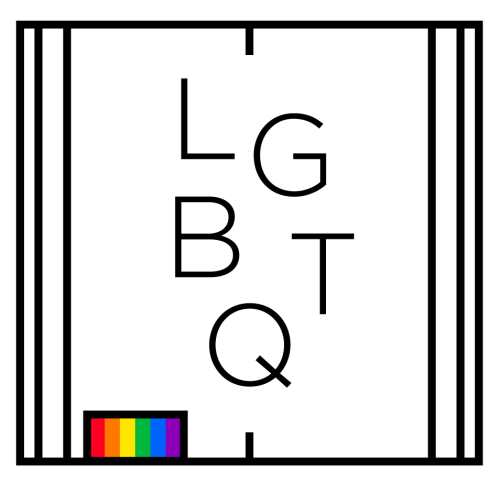Why Must We Search so Hard for Relatable LGBTQ Characters Just Like Us?
Editor’s Note: This commentary by Associate Editor Hannah Hohman is part of our special focus on LGBTQ issues in the month of June.
Though my TBR list is long enough, making it even longer by browsing new releases, bookstores, and online lists created around a central theme is a hobby of mine. One type of list that always catches my eye: LGBTQ YA reads.

The YA part is my personal preference of age, close to mine, and generally setting, since the characters are often in school like me. The LGBTQ is most important.
People much more eloquent and psychology-educated than I am have explained why representation is important. They’ve used science (something I’m terrible at) and logic (something that escapes me on occasion) to tell the world why we have to consume media that features people of different sexualities, races, mindsets, etc. At this point, it boils down to one side saying, “Representation is important” and the other side saying “Is it really though? Isn’t good storytelling much more important?”
So why do I rush to a list labeled LGBTQ faster than one labeled “best YA books of the summer” or something to that effect? The writing isn’t necessarily better than a book featuring a straight couple; if the writing is better it’s because of the author’s ability, not the sexuality of the characters. Is it because I’m a great activist and am looking to better enrich the list of books I’ve read for diversity purposes? (I’ll be the first to tell you: No. That’s not the reason.)
It’s for the same reason that Belle was my favorite Disney princess when I was little; she loved books (like me), she had brown hair (like me), and she lived in a giant castle with talking furniture (so relatable). As good as Cinderella is, and as much as I liked watching the movie, she couldn’t have been my favorite. She was blonde for goodness sake! How was I supposed to relate to that?
We are looking for books with characters like us, whatever categories we fall into. Maybe you’re looking for a book with a girl who has red hair. Maybe you want a book where a girl kisses another girl. It’s nice to see the validation in a book that says people like you, like this character, people like this are out there, you are not alone.
I went book browsing the other day and picked up a promising looking book. I read the description and felt a spark of hope. An aspect of the plot was that a girl unexpectedly comes into the life of the main character, also a girl. In my mind, this sounded like a perfect setup for them to fall in love. Certainly I would have expected it had one of the characters been a boy. But I had to put my gay-tinted goggles (gaygles?) up and try to read it from the point of view of someone not actively looking for LGBTQ tones. It was harder than I thought it would be so I stooped to Googling: [Book title] LGBTQ?
How pathetic is that?
Goodreads popped up first, which I thought was promising. I’ll admit, I got my hopes up. Nothing was mentioned in the description so I scrolled to read reviews. The first review crushed any possibility immediately. The reviewer said there were instances of girl-on-girl hate between the characters; an age old, sexist trope. And with resigned sigh, I put the book back on the shelf. I have no tolerance for books who pit girls against each other, particularly when they’re surrounded by a bunch of boys.
I keep browsing, hoping for an LGBTQ read that hasn’t been listed among Goodreads collections that I’ve scoured far and wide for. Hoping I’ll happen upon a book I’ve never heard of, that has just what I’m looking for. Hoping for representation to continue growing.

Hannah Hohman is associate editor at Foreword Reviews. You can contact her at hannah@forewordreviews.com.
Hannah Hohman
